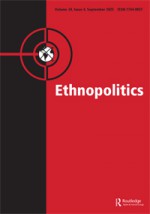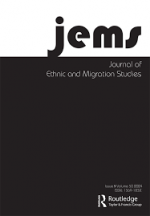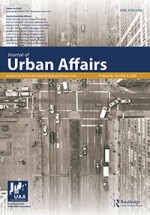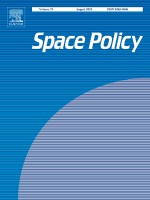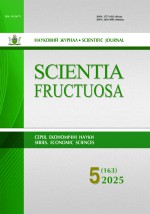The Development of an Analytical Framework to Compare Reception Structures for Unaccompanied Refugee Minors in Europe
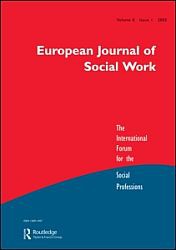
The UN Convention of the Rights of the Child stipulates that unaccompanied refugee minors (URM) are entitled to specific and adapted accommodation structures and care. Despite the general strive in EU policy to reach common standards for those reception structures, they still vary largely, resulting in unequal treatment and care conditions. In this article, we aim to build an analytical framework, based on central features of concrete reception practices in different EU countries, which can serve as a tool for in-depth comparative researches of reception and care systems. Starting from the comparative framework of Watters and Hossain [(2008). Policy in practice: Reception practices and minimum standards (End report for ARG project)], we draw a new framework on reception structures for URM based on insights from various disciplines and extensive participant observations in 58 accommodation settings for this group in different EU Member States. Our framework includes four analytical axes: (1) separation versus integration; (2) control versus autonomy; (3) immigration control versus welfare protection; and (4) low intensity versus high intensity care and illustrates how organisational arrangements and choices made within the different axes strongly influence the realisation of care and support. As such, this framework may serve as a first, necessary step in creating increased evidence on how reception structures may impact URM' well-being.


